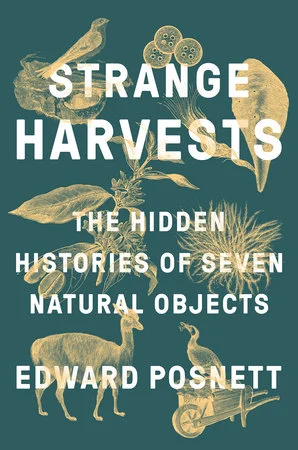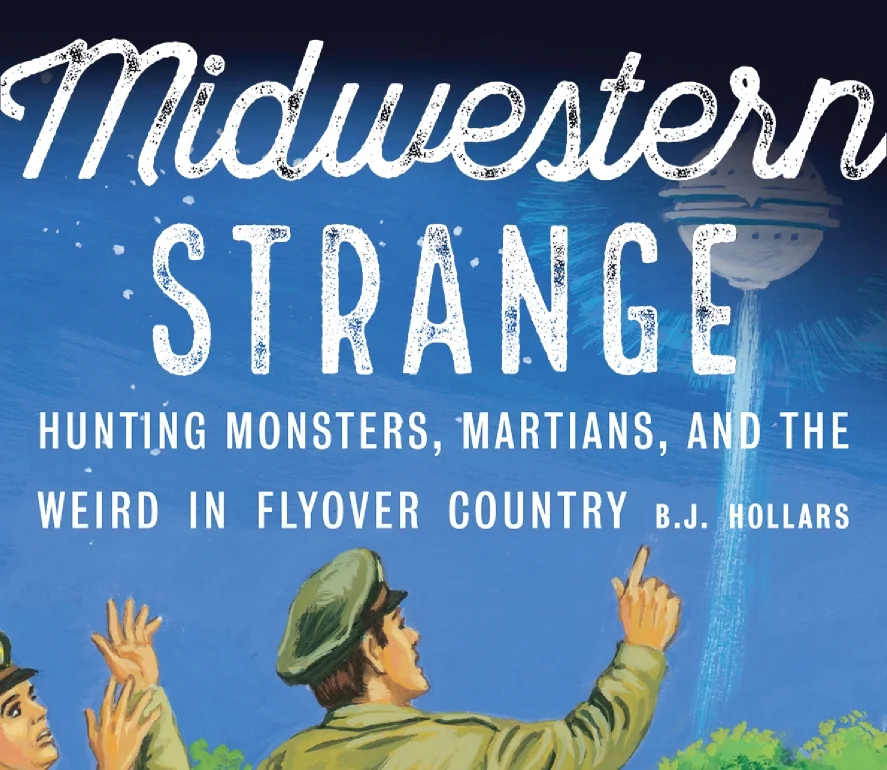'Strange Harvests' Turns Nature's Fairy Tales Inside Out
When I was a kid, my favorite stuffed animal was — by all appearances — a pretty standard teddy bear. Though purple, it was nonetheless furry and fat and darling in all the obligatory ways.
What the adults couldn't see — or so I told myself — was that it was actually an insatiable monster. My monster. By inverting its head through its mouth, one could unleash its Mr. Hyde, revealing razor-sharp teeth and bloodshot eyes, the kind of beast inclined to eat the innocent version alive, spilling its entrails like spaghetti on the rocks. Not so cute anymore, are we? I thought. To an 8-year-old boy, the secret was thrilling.
Strange Harvests: The Hidden Histories of Seven Natural Objects, the first book from Bodley Head/Financial Times Essay Prize-winner Edward Posnett, usurps the reader's expectations in at least seven similar ways. The premise, for anyone who has ever crafted or contemplated a book proposal, is enviably simple: Inspired by his research into the Icelandic eiderdown harvest, in which farmers and eider ducks peaceably co-exist, Posnett travels the globe in search of similar harvests "predicated on cooperation rather than domination." Limiting the hunt to seven specific items — eiderdown, vicuna fiber, sea silk, vegetable ivory, civet coffee, guano, and edible birds' nests — he presents the book as a Wunderkammer, a curiosity cabinet meant not only to awe, but to help the viewer "visualize the connections between things and understand networks of relationship."





